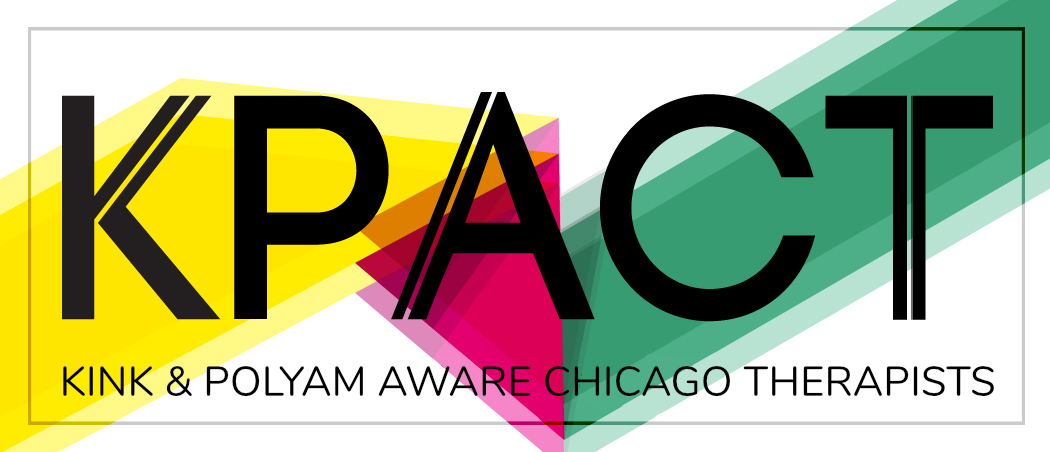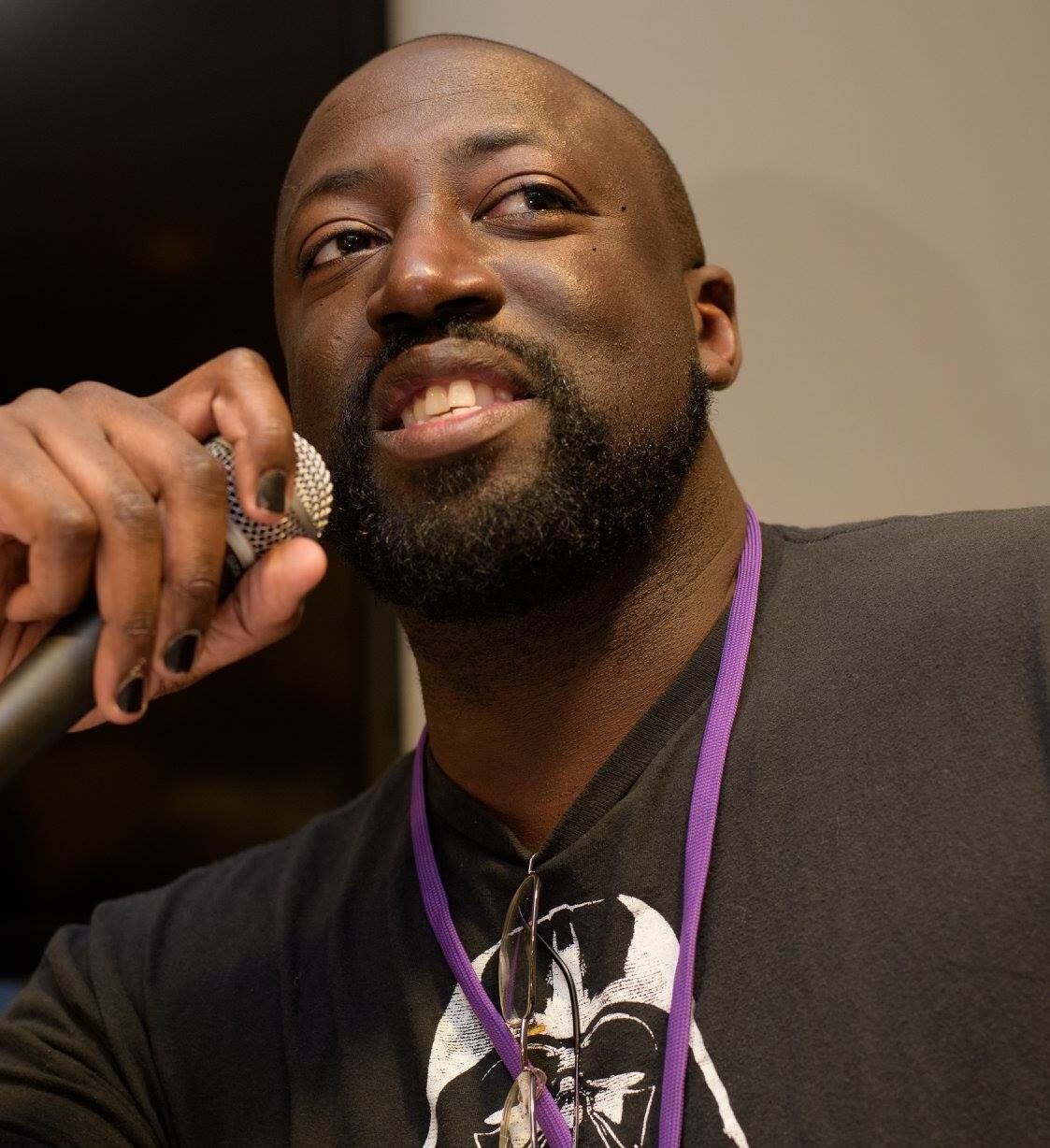Kevin A. Patterson, M.ED.
February 22, 2017
It started when I brought my girlfriend and her friend to this West Indian festival in Toronto. I made some jokes about young sexually active people partying and drinking, but I didn’t think it meant anything. It ended up meaning everything. Next thing you know, the three of us are rolling around together back at the hotel. The next day, I thought it would be this weird and uncomfortable thing, but it just wasn’t. Instead, my girlfriend and I started having conversations about how important exclusivity was to us. It wasn’t. So we kept our relationship open from that point on.
That was only six months into our relationship. Now we’re married, have been together going on fifteen years, and have two kids age four and six.
At first, it was just going out with whoever would have us, but then we started desiring relationships, not just dates or hookups. We both started getting more serious with the people we were dating and then discovered the term “polyamory.” A few years after that, we discovered a community.
I don’t know what our status would be if we hadn’t opened our relationship up. I feel like a more complete person because each person I’m dating brings something different out of me. It’s the same for my wife, Antoinette. Having other partners allows us to explore other aspects of ourselves. It’s one hundred percent a positive thing for our marriage.
I came to New York today to see my girlfriend, Hali, to help paint her new place in Astoria. (Her other boyfriend was here a few weeks ago helping her get acclimated; we’re all part of her team.) Hali and I started seeing each other about six months ago, and now we’re pretty in love and pretty committed. Then there’s my girlfriend Kay – we’ve been together for over two years. When we first met I assumed it was just a hookup. Now she’s a bonus mom to my kids. (They understand we have a lot of friends; it’s not odd to them.) I’m also dating some other people I don’t have plans with, like a married woman who lives in Jersey City.
I meet my wife’s partners, and I like being able to communicate with them. My girlfriends are friends with my wife. If Hali broke up with me today, she would still be hanging out at my house with my wife.
I do have to always be wary of being tokenized and fetishized. I have to listen for key buzzwords to figure out, are you into me? Or are you into getting a stamp in your ethnicity passport? About four years ago, I started talking in Facebook forums about the lack of people of color in the polyamory community. If you do a Google images search of “polyamory,” you’ll get dozens of images deep before you find a person of color.
Then I got the idea of an interview series of polyamorous people, called Poly Role Models, which focuses on people of color, LGBT folks, people with disabilities, trans and nonbinary people. I wanted to make sure those voices that rarely get represented in polyamory got represented by me. Last year, I started doing workshops about race and polyamory and how they intersect, at sex ed conferences around the country. I’ve become the guy to talk to about this topic. I’m also writing a book about race and polyamory.
Representation has to be the job of all the white folks organizing these groups. They’ve got to make it their concern because if you’re not being actively inclusive, you’re being passively exclusive. It has to be something you make happen and you work to maintain. When I show up at these events that are all white and I feel uncomfortable, I’m not quiet about it. When I say something, either a) they have to do some introspection and figure it out, or b) they can cast me as the angry black guy and dismiss me. It’s far easier to do b, and so often that ends up being the case.
Philadelphia has a high percentage of black people (about 44 percent), and there is a group called Black and Poly Philadelphia. If the mainstream group and Black and Poly merged, those numbers would be reflected. The question is: why do people of color feel unwelcome in the mainstream group? That’s what a lot of my work tackles. I look at all the barriers to entry. It’s a hard conversation to have. When you tackle racism, people get quiet. They don’t want to tell you they’ve dated twenty people over the past few years and none of them have been people of color.
This article was originally published as part of Narratively’s “People of Interest” series, you can find the original here.
Kevin Patterson is an active member of the Philadelphia polyamory community. In April of 2015, Kevin was inspired to start Poly Role Models, an interview series for people describing their experiences with polyamory. Poly Role Models was part of a drive and a desire to change the way his life and communities are viewed. Kevin has extended the blog’s work into the writing of the book, Love’s Not Color Blind: Race and Representation in Polyamorous and Other Alternative Communities.
Along with co-writer Alana Phelan, Kevin also launched a sci-fi novel series, For Hire, that centers characters of color as well as other marginalized identities.
Kevin will be presenting for KPACT alongside Dr. Liz Powell on April 8th via zoom. You can register here.

